Trimming maple trees is an activity that necessitates proper methods and equipment. If executed accurately, it can result in trees that are not only healthier and more aesthetically pleasing but also have well-proportioned structures, thereby enhancing the appeal of your community!
Necessary tools include hand pruners, loppers, pruning saws, and pole saws. Optimal timing depends on the tree’s age and location. When a task is complex or hazardous, hiring a professional arborist is recommended for the best results.
With the right tools in hand, using proper techniques and following safety protocols can guarantee optimal tree development and structure.
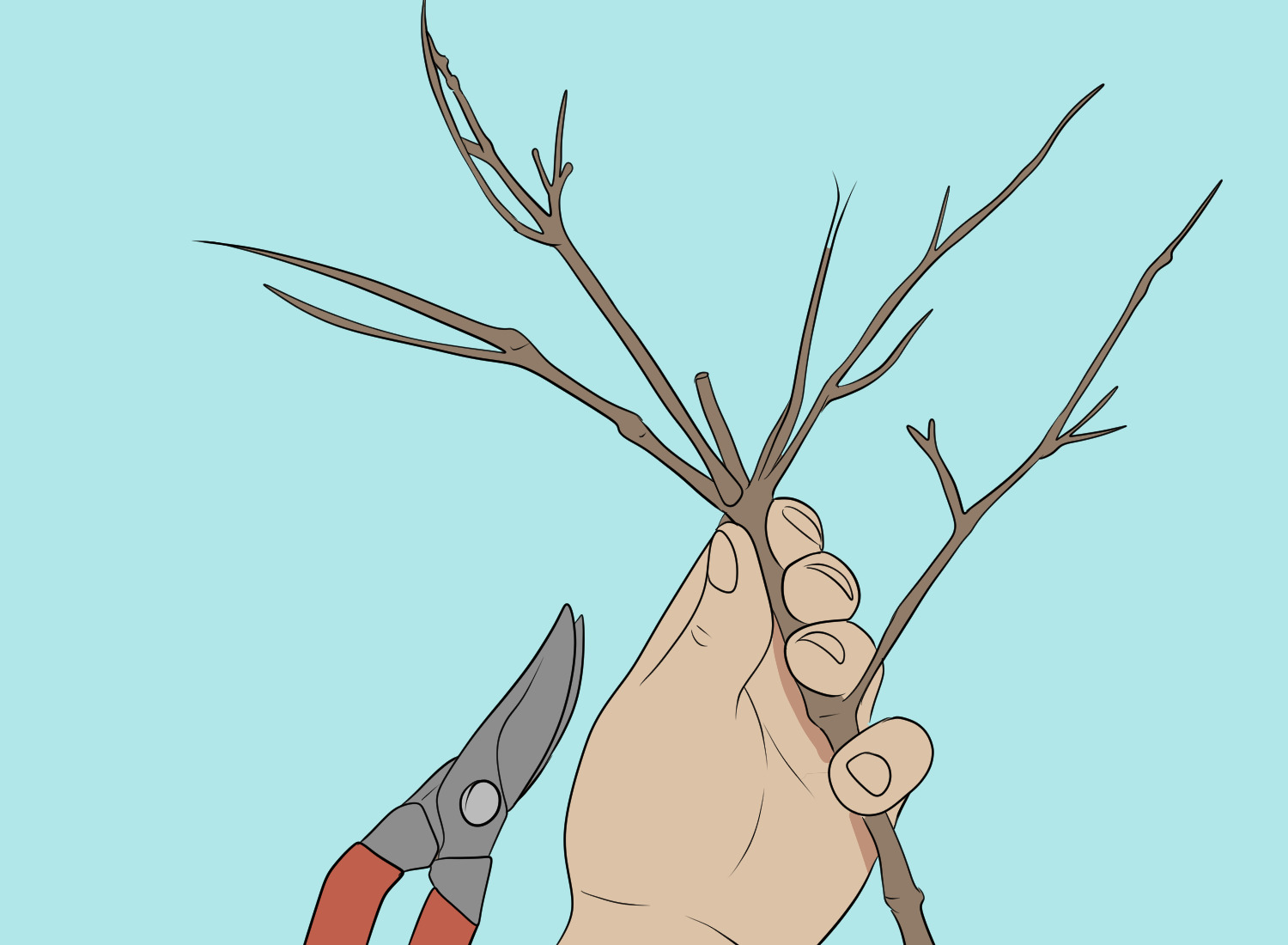
What we cover
ToggleUnderstanding the importance of pruning maple trees
Pruning maple trees is integral to ensuring their health, appearance, and growth.
By removing dead branches and other unappealing foliage, you are helping to ensure the tree’s resources are used in a beneficial way towards healthier shoots and structures.
By cutting away decaying branches and smaller tree sprouts, we can be sure they don’t draw energy or nutrition from neighboring healthy limbs. This keeps the trees aesthetically pleasing while promoting new development.
Tree health
Proper pruning and the removal of diseased or weak branches can help preserve maple tree health. This will reduce not only any chances of infestation but also stop unnecessary resources from being wasted on failing parts.
By opening up the canopy, you’re taking steps to safeguard against future infections and provide your trees with better airflow, which are both essential for ensuring long-term well-being.
Timely cutting back dead limbs and smaller tree sprouts is important in order to prevent possible damage while maintaining their vigor through improved air and nutrient circulation.
Aesthetics
By properly pruning the maple tree, its appearance can be improved dramatically. For a young tree in particular, early spring trimming helps to shape it and create strong branch support for future growth. As the young maple tree continues to grow, it is essential to gradually trim the lower branches to raise the tree’s crown.
When fully mature, regular pruning should occur so that you maintain your desired tree form while removing any crossed or intertwined branches. This ultimately creates an aesthetically pleasing look overall.
Pruning is critical not only to add beauty but also safety by limiting hazardous overhangs or loose pieces from falling off of branches.
Promoting growth
Pruning is essential for the health and growth of maple trees. By removing competing branches, we can enable tree resources to be directed towards strong new ones instead.
For example, if one-third of a branch within two feet of the main stem (or leader) is cut off, it will have plenty of room to thrive as opposed to having multiple large branches fighting for nourishment.
This helps ensure that your tree grows straight and healthy with no wastefulness in its resources or structure caused by overcrowded limbs.
Preparing to trim maple trees: tools and timing
In order to achieve optimal health and growth of your maple tree, it is important to identify when is best for pruning. Having the necessary tools ready will be essential in this process.
This section covers both these elements needed for successful pruning of a maple tree.
Pruning at an appropriate time with all the right instruments are key component when caring for a maple tree and ensuring its healthiness in general over extended periods of time.
Essential tools
To prune maples, you’ll require the right tools like hand pruners, loppers, and pole saws.
The small branches can be trimmed using traditional hand pruners, while any larger ones that are too big for those need to be cut by heavier-duty equipment such as robust blades with handles that provide enhanced leverage manipulation known as loppers.
For bigger limbs or competing trunks/leaders in the tree, opting for a bypass tool is best – they ensure precise cuts whilst maintaining their blade sharpness well longer than other models do regarding heavy-duty trimming.
Timing your pruning
Pruning maple trees should be undertaken at different stages in their life, depending on the specific tree and its location.
It is advisable to wait until they are three years old before pruning to have sufficient leaves for nourishment. After ten years, this task needs to be repeated every five years.
To ensure the healthy growth of these trees, avoid trimming them during autumn as well as throughout times when sap flows from them. This can hinder recovery around any sections which have been trimmed back considerably.
Late winter or early spring (or late summer) are considered ideal periods for pruning maple trees.
Pruning techniques for healthy maple trees
Now that you have the necessary items and timing set, it’s time to begin with pruning maple trees. Here is a walkthrough on how to remove unhealthy limbs, thin out the crown of branches, and shape and balance your tree in general.
Start by plucking away any weakened, dead, or damaged branches as they can do more harm than good for other parts of the tree if left unattended.
Also, think about thinning its canopy so light gets through better – this will help equally distributed growth throughout all areas of those dear maple trees!
Lastly, ensure an even form when trimming individual branches off – this should be done carefully.
Removing dead, weak and damaged branches
To protect a maple tree from insect infestation and conserve its resources, dead or weak branches should be removed.
Look for discoloration, cracking, or lack of foliage when identifying which parts need to go.
In younger trees where there are overlapping branches that have become too close together, it is advised to trim off the weaker ones instead of taking away both simultaneously.
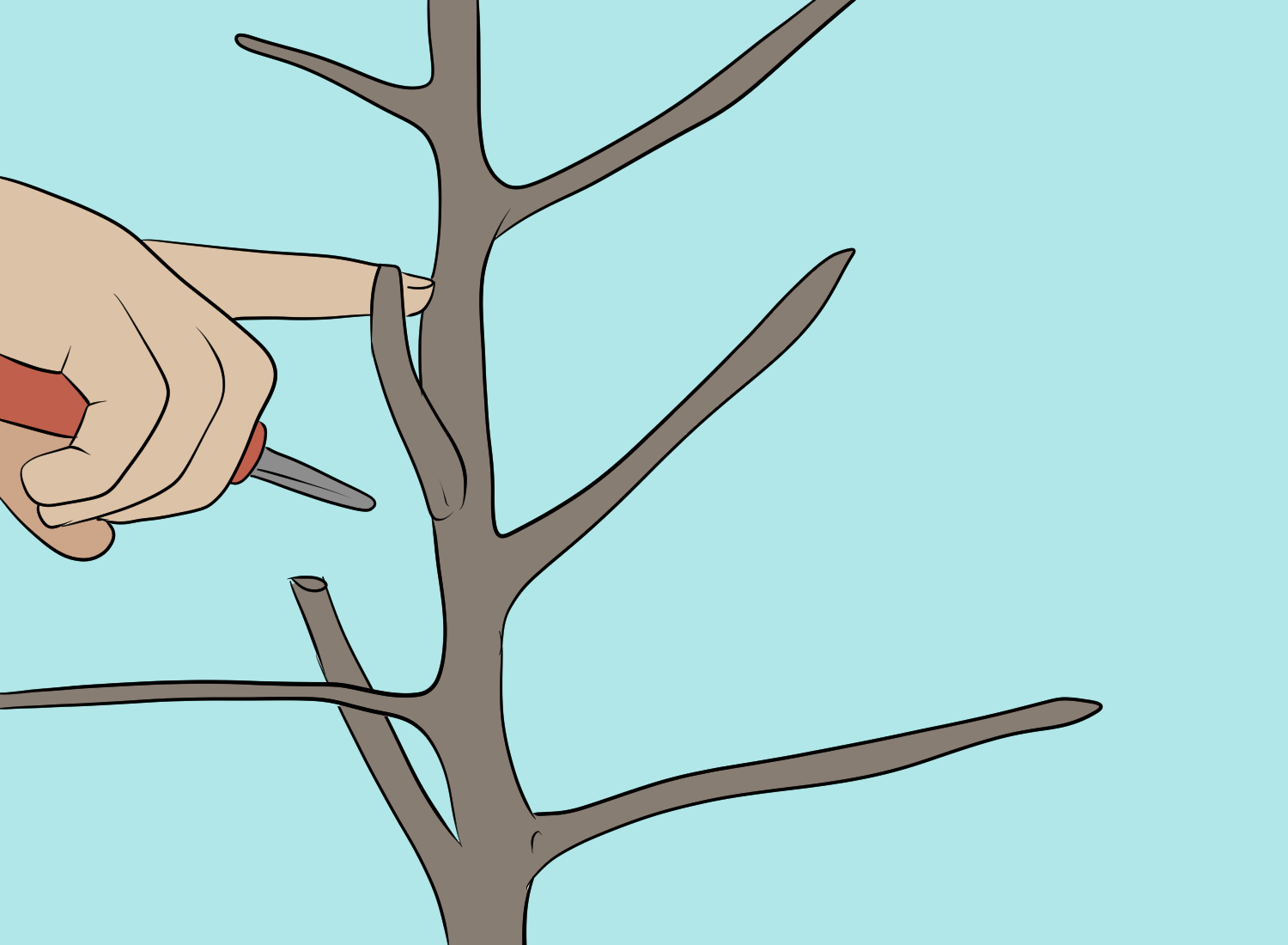
Thinning out the canopy
In order to promote air circulation and encourage sunlight distribution, it is necessary to prune the canopy of a maple tree.
Branches 2 inches thick or less should be removed, with thicker limbs only removed when they appear dead or diseased.
To preserve its shape and ensure the structure can sustain windy conditions, etc., branches must be eliminated from all sides even while trimming back foliage on the tree’s crown.
This will ensure optimal health and balance for your wooded friend!
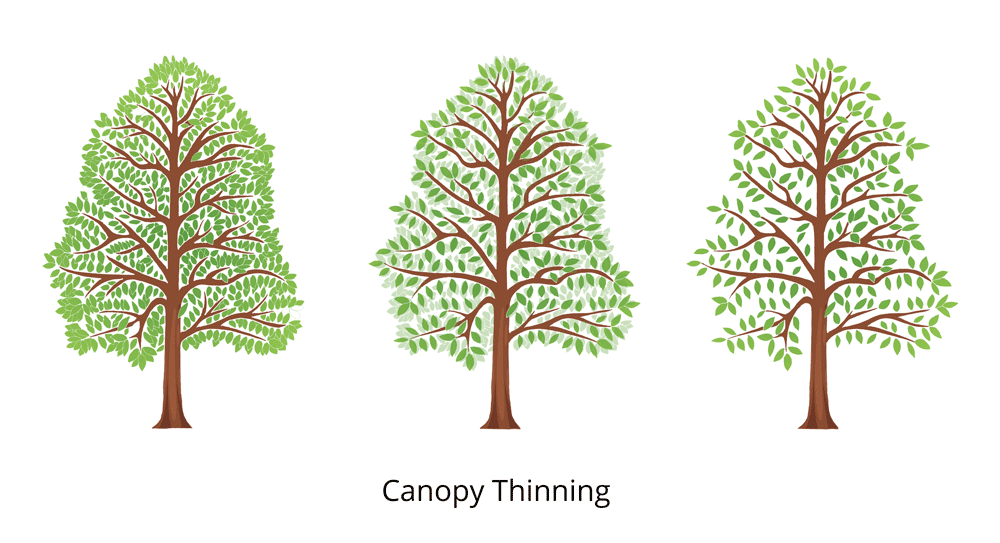
Shaping and balancing the tree
When pruning branches on your maple tree, cut at an angle close to the living part of the branch to maintain its natural shape.
Removing any crossing or rubbing branches is also important for achieving a balanced and attractive structure. In older trees, focus primarily on thinning out dead pieces as this will help keep them strong and healthy long-term.
Doing so with these guidelines in mind helps ensure that your tree looks great now and into the future!
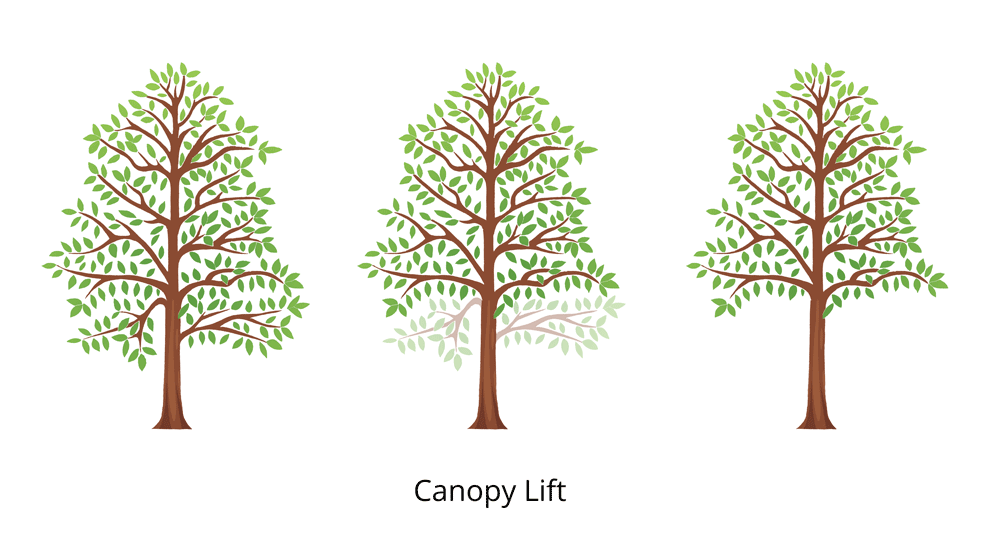
Safety and tree care tips
When it comes to pruning maple trees, safety must be considered.
For a successful and secure experience with trimming these particular trees, we’ll discuss the important safety measures that should be followed as well as give advice on how to properly take care of them.
Before beginning any form of tree clipping or cutting back branches, you first want to examine your maple tree for any indications of illness or harm.
Protective gear is also recommended while performing this process. Thus make sure that no unwanted accidents occur throughout the work being done with the foliage structure in question here!
Personal protective equipment
For a secure pruning experience, it is important to protect yourself with the use of safety glasses and work gloves.
Clothing such as long sleeves and pants can also provide additional protection from flying pieces of debris or pointed branches while tending to your maple tree.
When working near trees, always remain aware of your surroundings, including any power lines that may be present in close proximity. Precautionary measures when cutting back its branches during pruning procedures.
Sterilizing tools
It is essential to sterilize pruning tools in order to prevent the transmission of pathogens.
Before and after use, make sure your equipment has been sanitized with a 70% or higher concentration of isopropyl alcohol – this will not only destroy harmful bacteria but also aid you when it comes to de-sapping blades.
Keeping clean gardening supplies safeguards plants from being affected by potential germs or fungi that could spread around the garden.
After pruning, do not apply tree paint or any wound dressings to the fresh cuts, as these products may hinder the tree’s natural healing process.
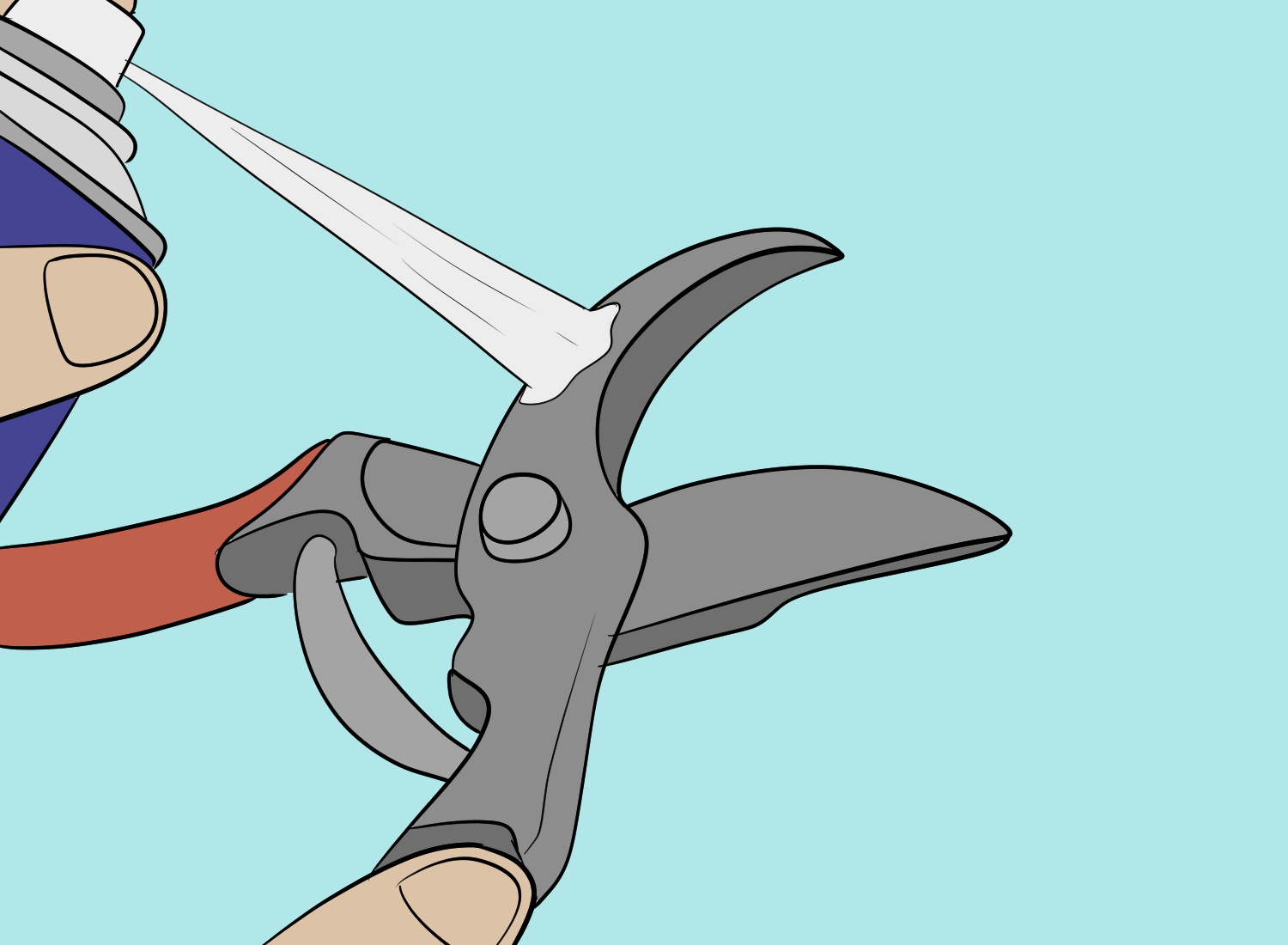
Preventing over-pruning
For proper pruning of a maple tree, it is recommended not to remove more than 25% of its foliage at once in order to avoid causing shock and weakened growth.
When cutting the branches, care must be taken not to damage the branch collar. Similarly, one should forgo using any kind of paint or dressing as that can hamper natural healing processes.
It’s essential that we take care while trimming our trees so they stay strong and healthy!
When to call a professional arborist
At times when dealing with complex or hazardous trees, a homeowner should look into hiring a professional arborist to complete the pruning.
In this section, we will analyze why one might consider getting an expert for assistance and what costs could be associated with it. Trees are delicate organisms that can require precise care during their growth period.
That is where an experienced specialist comes in handy. Knowing how much such services may cost ahead of time also helps customers decide if they want to attempt DIY work instead or go forward by bringing in the pros.
Recognizing limitations
It is essential to identify when DIY pruning may not be suitable. For instance, large or hazardous trees should only be handled by an experienced and skilled professional arborist.
Also, if any broken branches are visible along with strange growing patterns as well as diseased or dead limbs near utility lines. It would also be a good idea to seek the help of an expert in this matter.
Hiring a certified specialist can assure reliable and secure trimming, which is imperative for maintaining both tree health and people handling the process safely at all times.
Cost comparison
When deciding between a professional arborist and DIY pruning, one should take into account the costs associated with each option. Tree-pruning services can range from $75 to nearly $2k per tree, averaging around $460.
Doing it yourself may appear cheaper at first since there’s no service fee. Purchasing necessary supplies plus disposal fees could make this approach just as expensive – likely up to about eight hundred dollars total.
Weighing both options is important when making an informed decision on caring for trees.
FAQ's
Pruning maple trees should take place in late spring when the branches and sap are active yet before leaf expansion. This will enable the cuts to recover correctly prior to winter’s onset. If needed.
Pruning can be done during summer months in order to remove any dead limbs or those posing a danger hazard for safety reasons.
Trimming maple trees should occur in the late spring or summer when all of its leaves are present. Take care to make cuts parallel with the trunk and avoid cutting into the branch collar.
Dead branches can be removed anytime throughout the year for health reasons as well as to maintain shape. Prune away weak, overlapping ones too. Trees must receive proper care so that their branches remain healthy and strong!
For pruning a maple tree, you should remove only dead or diseased branches as well as any limbs growing at odd angles. Restrict cutting to no more than 1/4 of the live foliage on the crown in one year so that it is not over-pruned.
The right tools must be used for this. Use pruning shears when trimming small branches and opt for a pruning saw if bigger ones need tending to.
Make sure all your equipment is sterilized between cuts, which helps keep the tree healthy by preventing disease spread from branch to branch.
It is recommended to not prune maple trees during the fall season as it can be damaging. This advice applies specifically to trimming these particulars.



